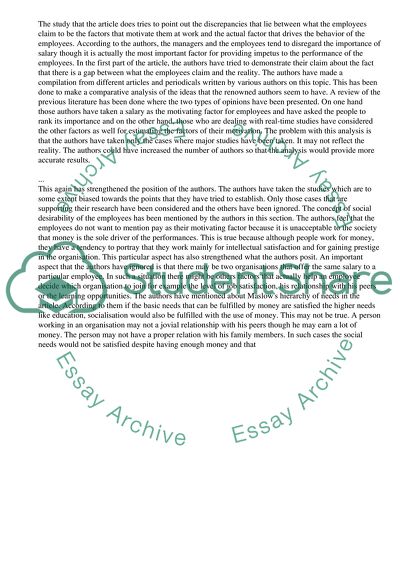Cite this document
(“The Importance of Pay in Employee Motivation:Discrepancies between Essay”, n.d.)
Retrieved from https://studentshare.org/business/1486357-the-importance-of-pay-in-employee-motivation
Retrieved from https://studentshare.org/business/1486357-the-importance-of-pay-in-employee-motivation
(The Importance of Pay in Employee Motivation:Discrepancies Between Essay)
https://studentshare.org/business/1486357-the-importance-of-pay-in-employee-motivation.
https://studentshare.org/business/1486357-the-importance-of-pay-in-employee-motivation.
“The Importance of Pay in Employee Motivation:Discrepancies Between Essay”, n.d. https://studentshare.org/business/1486357-the-importance-of-pay-in-employee-motivation.


